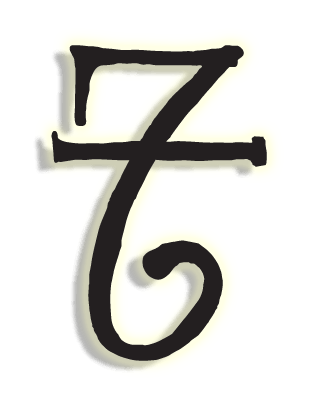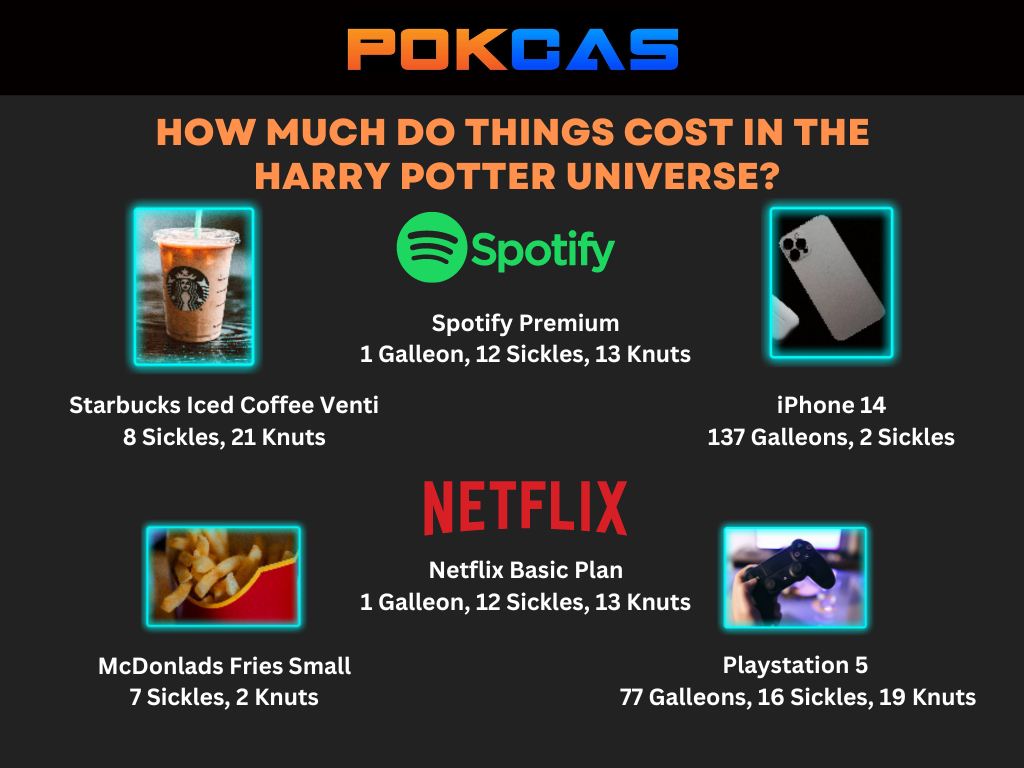Harry Potter Money; Everything You Need To Know About the Wizarding Currency
- By: Hifza Muhammad on October 31, 2022
- Categories: Money
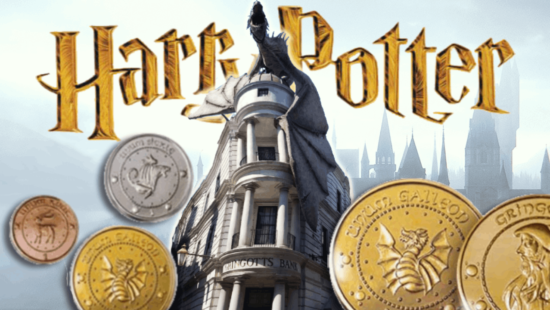
Do you remember seeing the mounds of coins in Harry’s vault at Gringotts? It may not come as a surprise then that Harry Potter is in fact pretty rich by wizarding standards. Harry was unaware of his inheritance until the events of the first book when Hagrid took him to the wizarding bank Gringotts. Of course, the money he inherited was very different from the No-Maj or Muggle money he was used to seeing. So, how does the wizarding currency from Harry Potter work? Let’s take a closer look at the Harry Potter money of Great Britain.
THE WIZARD MONEY FROM HARRY POTTER
There are three denominations in the wizarding currency. These come in coins, as wizarding money does not come in bills/notes like the dollar. In decreasing order of value, the wizarding currency consists of Galleon, Sickle, and Knut. Galleon is the highest denomination available in the wizarding currency and is equivalent to 17 Sickles or 493 Knuts. The coins can also be differentiated by the metal they are made of.
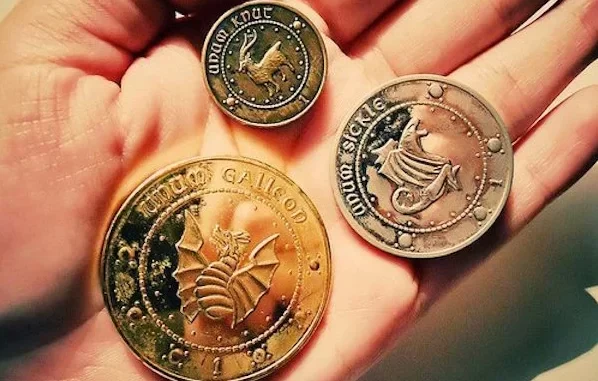
Galleon, Sickle, and Knut are currency denominations used by wizards in Britain.
The wizarding coins are made by Goblins. Each coin has an engraved number series around its edge which refers to the Goblin who made them. Wizarding currency can be obtained from Gringotts Bank, the central wizarding bank located in Diagon Alley and run by goblins. At Gringotts, muggle currency can be exchanged for wizarding coins. Before the invention of the modern currency system, wizards traded with each other using Niffler’s Fancy, a plant whose leaves had a copper-like luster. Wizards in the United States and France use Dragot and Bezant respectively.
Wizarding currency cannot be replicated by using any charms as the counterfeit coins produced from such experimentation break down over time. Therefore, money can either be earned by working or via inheritance.
THE GALLEON
Galleons are the most valuable denomination of the wizarding currency used in Britain. It is represented by the symbol:
GALLEON EXCHANGE RATE
| Galleon | Sickle | Knut | US Dollar | UK Pound | Euro |
|---|---|---|---|---|---|
| 1 | 17 Sickles | 493 Knuts | $6.53 | £4.93 | €5.78 |
THE SICKLE
The sickle is the second most valuable denomination of wizarding currency used in Britain. It is represented by the symbol:
SICKLE EXCHANGE RATE
| Sickle | Knut | US Dollar | UK Pound | Euro |
|---|---|---|---|---|
| 1 | 29 Knuts | $0.59 | £0.29 | €0.43 |
THE KNUT
Knut has the least value in the wizarding currency of the Harry Potter universe. The Knut is represented by the symbol:
KNUT EXCHANGE RATE
| Knut | US Dollar | UK Pound | Euro |
|---|---|---|---|
| 1 | $0.02 | £0.01 | €0.01 |
LEPRECHAUN GOLD
Leprechaun Gold is produced by Leprechauns and looks exactly like regular coins. It has a gold-like feel and can be passed off for a Galleon. However, Leprechaun gold vanishes after a few hours but this is not a widely known fact in the wizarding world. Only Goblins can tell real Galleons apart from the ones made from this material. During the Quidditch World Cup of 1994, Ludo Bagman attempted to pay off bets using Leprechaun Gold. However, his deception was discovered and Goblins confiscated his winnings to compensate the other gamblers. Leprechaun Gold was also used by Hagrid during his demonstration of Nifflers in ‘Harry Potter And The Prisoner Of Azkaban’.
GRINGOTTS; THE HARRY POTTER BANK
Gringotts is the wizarding bank used by witches and wizards of the Harry Potter universe. The bank’s main office is in Diagon Alley in London. It is the only known bank for wizards in Britain. Therefore, it is safe to assume that Gringotts has a monopoly over the banking sector in the Harry Potter universe. Gringotts was founded in 1474 by a goblin of the same name. In addition to vaults for wealth storage, it provides services such as money exchange, issuing cheques and bank notes, and bank transfers for wizards.
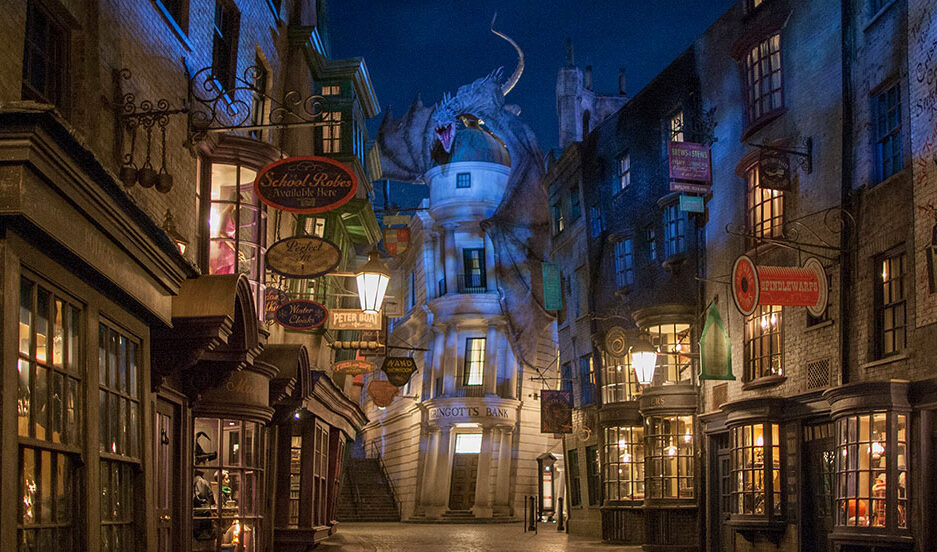
Gringotts Banks is the only bank in Britain for wizards. It is located in Diagon Alley, London. Credit: Harry Potter World
HOW SECURE IS GRINGOTTS?
Gringotts boasts a reputation for being the second most secure institution in the wizarding world, only next to Hogwarts. To date, there have only been 3 major break-ins at Gringotts. There are several security features in places such as Dragons, Trolls, special fingerprint recognition locks, a disenchantment waterfall to identify intruders and various other boobytraps to capture thieves. Special security measures were put in place for large vaults belonging to the richest and oldest wizarding families such as the Malfoy and Lestrange families. These vaults were at the very bottom of the bank to ensure the safety of their contents. In contrast, vaults of lesser value and size were easily accessible. After the events of ‘The Battle Of Hogwarts’, sphinxes were added as an extra layer of protection.
WHO MANAGES GRINGOTTS?
The bank has always been under the management of goblins, who are also responsible for the minting and manufacturing of wizarding coins. However, under special circumstances, the Ministry has periodically taken over the bank management. During Voldemort’s final reign of terror, Gringotts was placed under The Ministry of Magic’s control in order to ensure its security.

Goblins working at Gringotts Bank, Diagon Alley. Credit: Harry Potter Fandom
THE WIZARDING ECONOMY OF HARRY POTTER
In the Harry Potter universe, economics is much more simple. Financial concepts and systems were vaguely defined in order to keep things simple. There is no indication of any taxes being imposed on the wizarding community. The Ministry of Magic provides most of the employment opportunities and is responsible for providing general services. No interest systems are indicated in the books and movies, and there is no mention of loans for wizards.
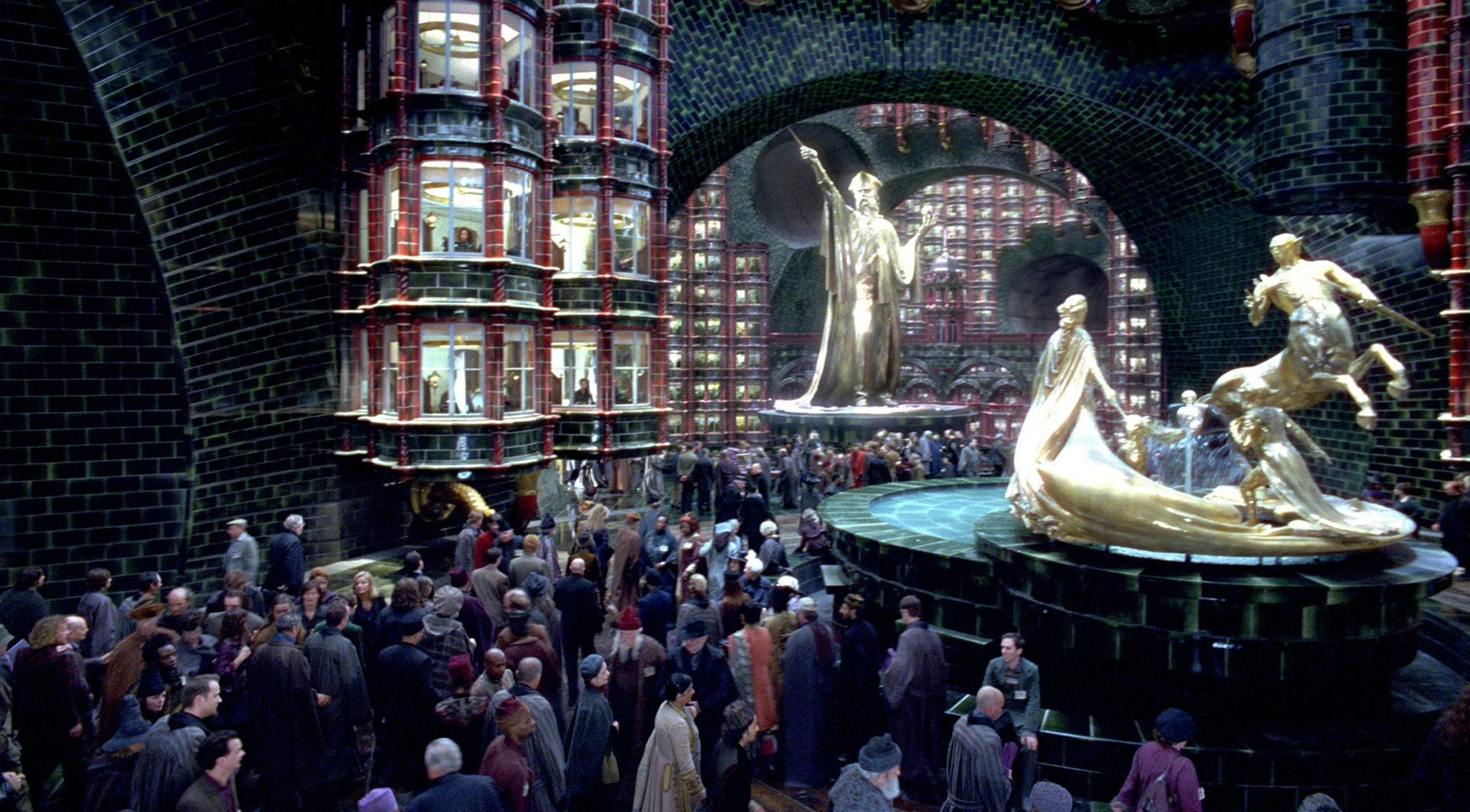
Wizards and witches are going about their day as employees of the Ministry of Magic. Credit: Harry Potter Fandom
Most wizarding products are produced by independent artisans or smaller companies. No known industrial hubs or large-scale factories exist. Since wizards use magic, it could explain why production is efficient and demand can be easily met without running huge manufacturing complexes such as in the muggle world. This can be understood by breaking down Ollivander’s business model. There is an indication in the books that he works alone. If this is the case, he must be using magic to meet the wand production demand. By producing only 2 wands per day, Ollivander easily meets the forecasted average demand of 480 wands a year.
PUBLIC ECONOMY
Some other things within the Harry Potter universe also indicate that the wizarding community of Britain follows a public economic model. For example, transportation methods such as the Knight Bus and Hogwarts Express as well as the widely used Floo Network for communication are owned by the Ministry. Other modes i.e. apparition, Portkeys, and owl posts are also regulated by the Ministry. People have to work to earn a living. The only exception is coming from old money (such as the Malfoys), getting an inheritance (such as Harry), or accumulating large wealth by other means (such as Gilderoy Lockhart). The financial struggles of the Weasley family were a regular plot point, indicating that concepts of wealth and poverty exist in the Harry Potter world.
HOW MUCH DOES IT COST TO ATTEND HOGWARTS?
Are you curious about the cost of attending Hogwarts as witches and wizards in training? You don’t need to wonder anymore! We’ve compiled a list of educational costs at Hogwarts and converted them to US dollars to give you an idea.
Money Conversion For Hogwarts Supplies
| Hogwarts Supplies | Price In Wizarding Currency | Price in $ |
|---|---|---|
| Broom | 229 Galleons, 7 Sickles, 12 Knuts | $1392 |
| Books (Yearly) | 188 Galleons, 2 Sickles, and 11 Knuts | $1085.69 |
| Wand | 16 Galleons, 1 Sickle, and 1 Knut | $92.68 |
| Cauldron | 34 Galleons, 7 Sickles, and 2 Knuts | $198.60 |
| Hogwarts School Robes | 101 Galleons, 3 Sickles, and 26 Knuts | $584.15 |
| Pet Owl | 22 Galleons, 16 Sickles, and 2 Knuts | $132.40 |
| Telescope | 11 Galleons, 8 Sickles, and 1 Knut | $66.20 |
| Phials | 16 Galleons, 1 Sickle, and 1 Knut | $92.68 |
| Apparation Lessons | 12 Galleons | $69.25 |
Although these are only part of the costs of attending Hogwarts, it’s cheaper to become a wizard than to attend a public college in the USA, yikes!
Wizarding money can be a little difficult to understand. After all, it isn’t as simple as knowing 100 cents equals $1. Regardless, the wizarding world is far less complicated than our muggle world, and that is for the best!

